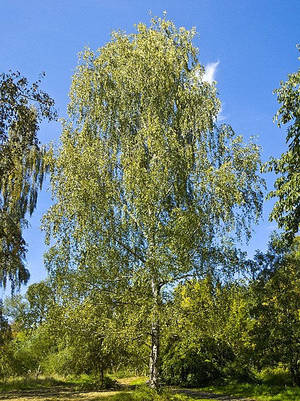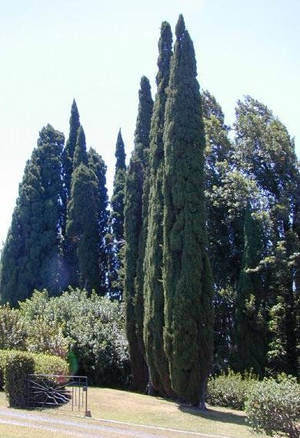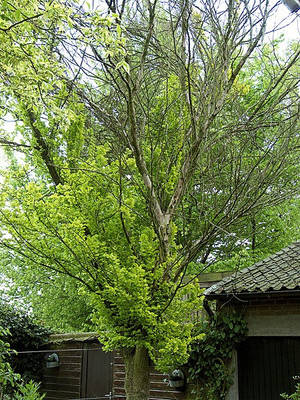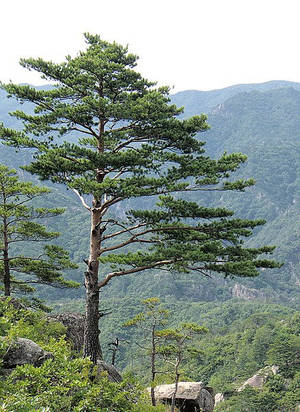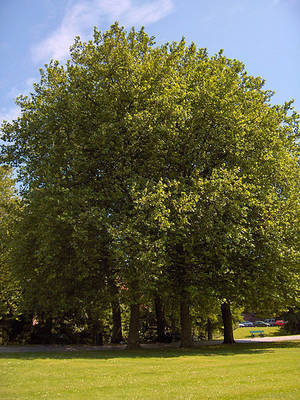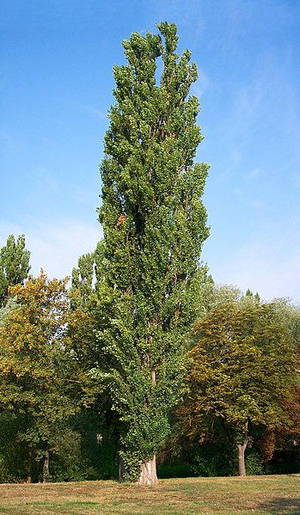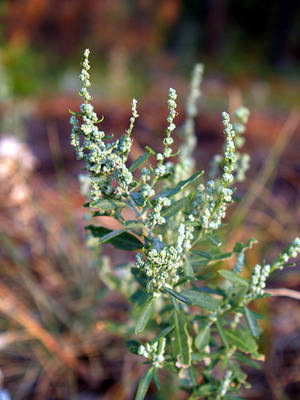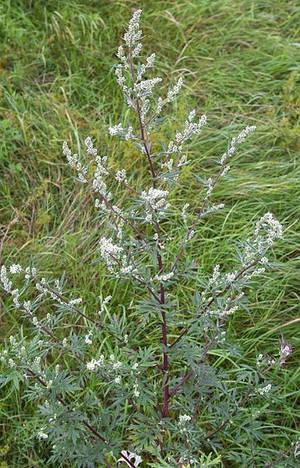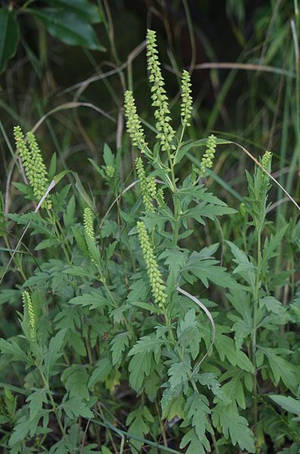Chenopodium
Chenopodium is a genus of flowering plants in the family Amaranthaceae that contains several species of edible plants, including quinoa and spinach.
Chenopodium is a very common plant, and its pollen is a major cause of hay fever and other allergies. The plant is native to Europe, Asia, and North America, but it now grows all over the world. It's a member of the amaranth family, and its leaves and seeds are edible. The plant is sometimes cultivated as a food crop, but it is more often considered a weed.
The pollen is very small and light, and it can be transported great distances by the wind. It's released in large quantities during the summer months, and it can cause severe respiratory problems in people who are allergic to it. Chenopodium is one of the most common allergens, and it is a major problem for people with hay fever and other allergies.
Symptoms of chenopodium allergies can include sneezing, runny nose, itchy eyes, and asthma. Some people may also experience gastrointestinal symptoms such as abdominal pain, diarrhea, and vomiting. Chenopodium allergy is relatively rare, but it can be a serious condition for those who are affected by it.
There is no cure for chenopodium allergy, but symptoms can be managed with avoidance of exposure to the pollen and use of medications. People with chenopodium allergy should avoid contact with the plants, especially during the pollen season. They should also avoid eating foods that contain chenopodium, such as quinoa and lamb's quarters.
https://en.wikipedia.org/wiki/chenopodium


